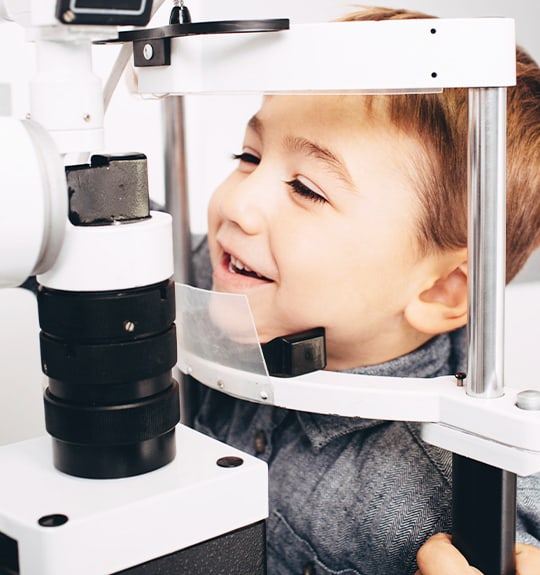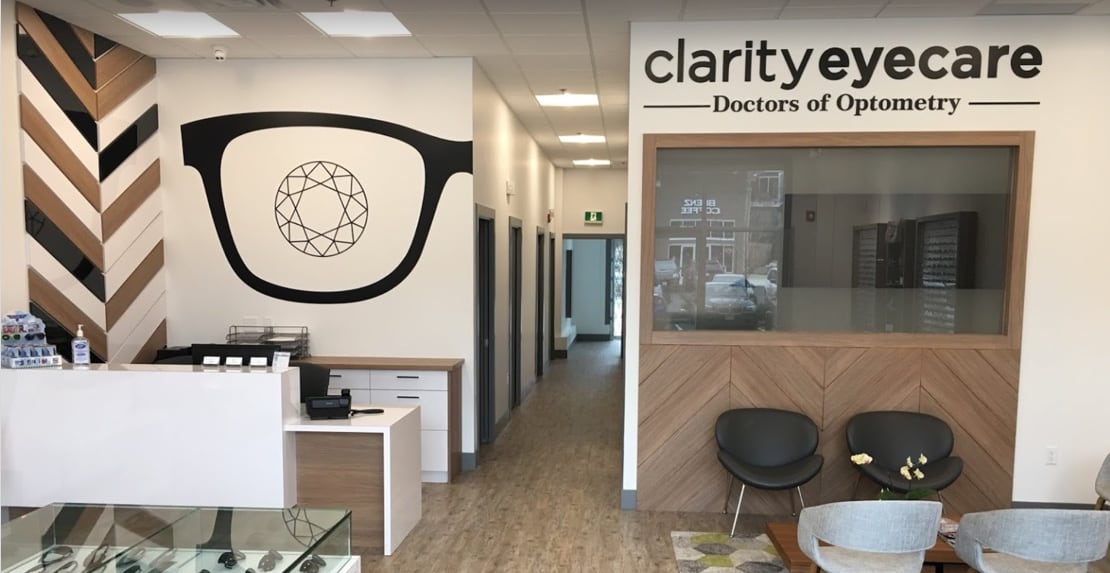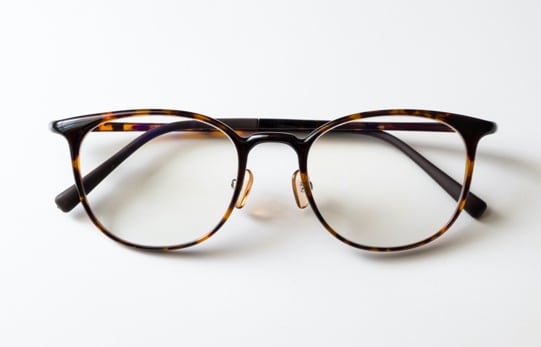Quality Vision Helps Your Child Thrive
From learning to walk to striding across the graduation stage, every moment of your child’s life is something to cherish. And your child uses their sight to cherish these moments, as well.
Children rely on crisp vision and healthy eyes throughout their life, and we’d be honoured to be the team they trust to manage their eyesight. Our comprehensive approach can help detect early signs of vision problems and allow us to address these issues with personalized care.
We also carry a wide array of fun and fashionable eyeglasses! Book an appointment today and start your child’s journey towards visual clarity at Clarity Eyecare.


When Should Your Child Have an Eye Exam?
The key to managing your child’s eye health is having regular comprehensive eye exams.
At Clarity Optometry, we’ve made it our mission to provide each patient with individual approaches based on their unique eye care needs, including children. Using modern technology, techniques, and practices, we can get a clear view of your child’s eye health and vision.
Your child’s eyes grow and change just as they do, so it’s essential to monitor their eyes throughout their life. We recommend having an eye exam:
- Once between 6 and 9 months of age
- Once between 2 and 5 years of age
- Annually between 6 and 19 years of age
Some issues, like myopia (nearsightedness), amblyopia (lazy eye), and strabismus (crossed eyes), can develop during early childhood. We personalize our eye exams to your child’s needs and evolve our approach as they grow.

What to Expect from Their Eye Exam
It’s entirely natural for your child to have a tinge of anxiety before any appointment, even an eye exam! Our team ensures their comfort by adjusting our approach and responding to your child’s needs with care, compassion, and understanding.
While eye exams are unique for every child, we will follow a few steps to ensure we get a comprehensive view of your child’s eye health and vision.
Health History Confirmation
Every exam includes a conversation about your child’s eye health, family health, and personal health history. Asking these questions will help us orientate the exam to look for specific issues your child may have a risk of developing.
Once we confirm your child’s health history, we’ll move on to the rest of the exam!
Visual Acuity Tests
Visual acuity tests are how we determine your child’s lens prescription. We use a mix of modern technology and some tried-and-true techniques to assess if your child has a refractive error.
Some of these techniques include reading from an eye chart or comparing lenses in a phoropter. Stop us if you have heard this one before, “Number 1? Or number 2?”
Eye Health Exam
Eye health exams are arguably the most important aspect of your child’s entire eye exam.
Just like adults, children can develop issues that may permanently affect their eye health and vision (some of these problems may even develop without noticeable symptoms!).
We take a detailed look at your child’s eye health using a variety of modern technologies. One area of the eye that we examine is the retina, which can display signs of several eye diseases and conditions.
Common Issues We Can Help Address
It’s never easy knowing exactly what a child wants (believe us, we’re parents), but there are some ways you could determine what your child may need.
If your child is struggling with an eye problem, they may:
- Sit closer to televisions and computer screens
- Close one eye while they look at something
- Squint regularly
- Experience headaches
- Avoid up-close work like reading and writing
Eye exams could help determine what may be causing these problems. If eye problems are left unaddressed, they could lead to behavioural issues, learning difficulties, and trouble playing sports.
Myopia
Myopia (nearsightedness) is one of the most common refractive errors affecting children today. In fact, almost 30% of children have some degree of myopia, and some research suggests that half of the world will have myopia by 2050.
Myopia occurs when the eye grows too long or the cornea becomes too steep, which prevents light from focusing on the retina. As a result, distance vision is blurry—and symptoms can progress as your child gets older.
However, there are ways to manage myopia progression in kids.
Please visit our Myopia Control page for more information!
Amblyopia
Amblyopia (lazy eye) is an eye condition characterized by one wandering eye, which typically develops between birth and 6 years of age.
Uncorrected refractive errors in one eye can cause amblyopia. Over time, the brain might ignore images from the “weaker” eye and lead to vision loss.
It’s possible to manage amblyopia using corrective lenses, patching, or other vision therapies.
Strabismus
Strabismus (crossed eyes) is an eye condition characterized by misaligned eyes.
Eyes typically work together, but issues with the muscles controlling the eyes or uneven refractive errors could cause misalignment. Over time, the brain may not be able to merge what one eye sees with what the other eye sees.
Like amblyopia, we may be able to manage strabismus symptoms using corrective lenses, patching, or other vision therapies.
Conjunctivitis
Conjunctivitis (pink eye) is an irritating, uncomfortable eye condition that may develop for several reasons. Children may contract conjunctivitis from school or daycare, but they also experience symptoms due to allergies or chemical exposure.
Common symptoms include:
- Redness
- Irritation
- Mucusy discharge
- Itching or burning feeling
- Wateriness
If chemicals are causing your child’s pink eye symptoms, please flush their eyes with cool, clean water and call our team for an emergency eye exam.
















